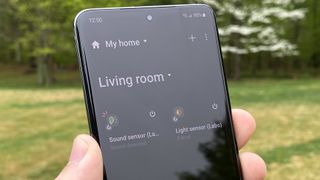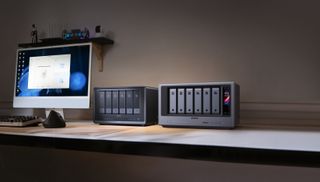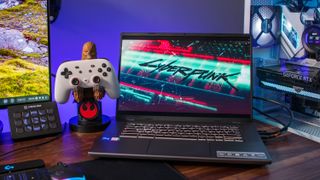Smart Home
Latest about Smart Home

Philips Hue finally understands your floor plan with its new SpatialAware feature
By Jay Bonggolto published
spatial-aware lights Philips Hue’s SpatialAware scans your room to place scenes naturally, making lighting feel designed and supercharging nature scenes.

Samsung just supercharged SmartThings security with a major Arlo upgrade
By Jay Bonggolto published
no more app-hopping Samsung is pulling Arlo’s smart security platform deeper into SmartThings, aiming to turn the app into a true all-in-one home security hub.

CES 2026: UGREEN just rolled out the most powerful NAS servers yet with dual 10GbE and Thunderbolt 4, 64GB RAM, fully local AI, and Intel Core Ultra 7 — this is a NAS upgrade you cannot miss
By Harish Jonnalagadda published
Next-level UGREEN just rolled out the ultimate NAS powerhouses. The iDX6011 and iDX6011 Pro have dual 10GbE connectivity, all the power you need (and then some), and AI features that you may actually use.

At CES 2026, Govee rethinks what smart lighting should actually do
By Jay Bonggolto published
Redefining smart lighting Govee's new AI-powered lights adapt to your life, featuring a 10,000K color range, conversational controls, and automatic daytime tuning.

Amazon just released this powerful Echo Dot smart speaker, and it's already 20% OFF for the holidays
By Zachary David published
Listen Up The Echo Dot Max is the lineup's best-sounding speaker yet.

Motorola and Bose might be making a smart home speaker to rival Google's Home Speaker
By Brady Snyder published
Motorola + Bose Motorola and Bose might be working on a new smart speaker with voice assistant support and big sound to rival the Google Home Speaker.

Best smart speaker 2025
By Andrew Myrick last updated
Intelligent audio Smart speakers make it easy!

Best smart displays 2025
By Patrick Farmer last updated
Ask and you shall see Smart speakers are fine for music, but for video, controls, and everything else, you'll want only the best smart displays.
Get the latest news from Android Central, your trusted companion in the world of Android





